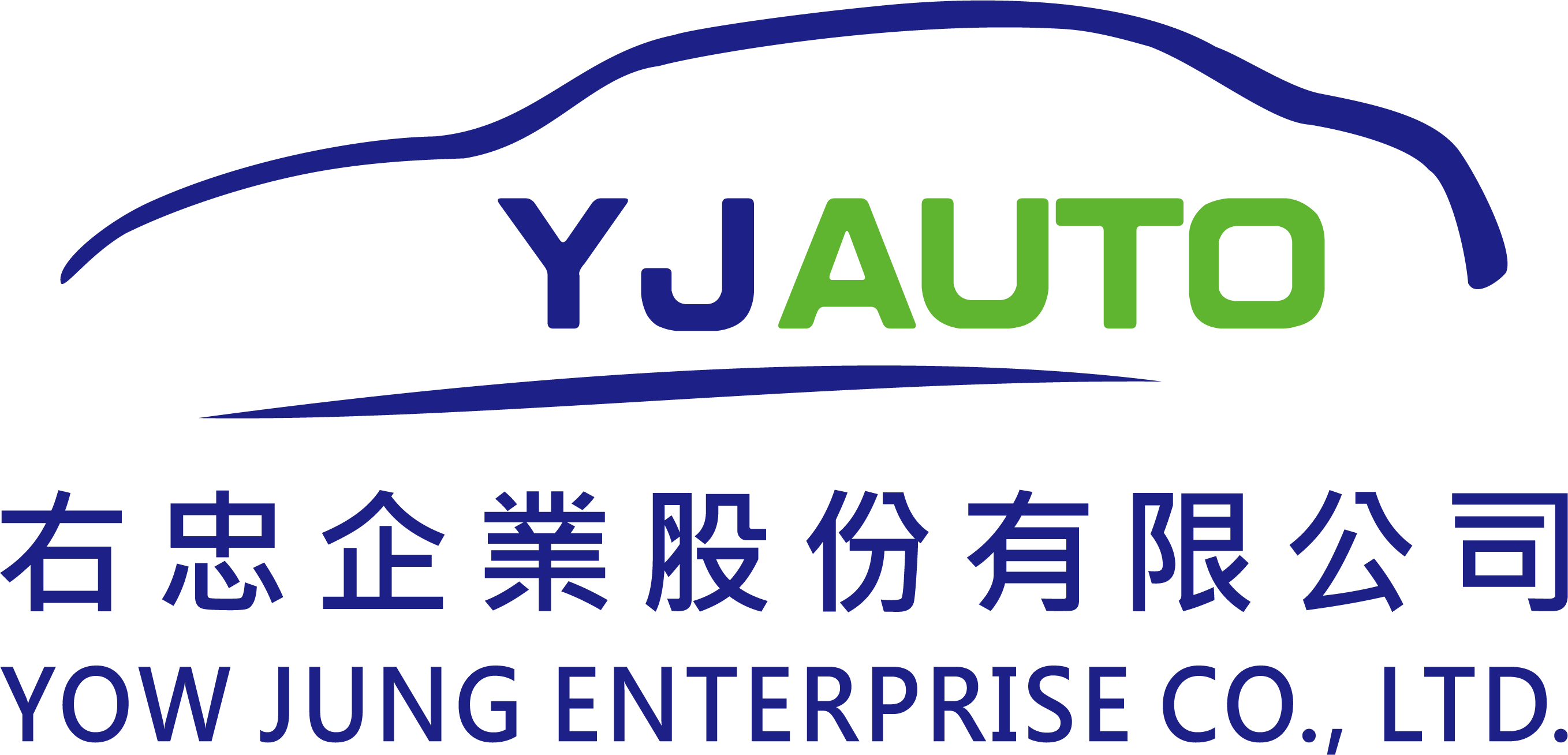– Knowledge contribution- making the best use of limit resources to leverage limitless resources
Enterprise Culture
– Communicate and coordinate, Optimism, Dedicated, Enthusiasm
– Learning, Progress, Performance, Pursuit for Perfection
Enterprise Missions
– To increase profit and sharing.
– To innovate techniques and looking for cross-industry integration.
– To keep grow up and feedback to society.
– To diligent for sustain operation and perfection.
Enterprise Running Principles
– Discipline
– Efficiency
– Innovation
– Faithfulness
– Service
– Superiority
Enterprise Perspectives
– To obtain techniques and flexible production capabilities as core of enterprise value.
– To obtain prompt product producing and developing as advantage of competition.
– To provide better quality products and consistent services as company comments.
– To be able to gain better profits as one of the best benchmarking companies in aftermarket business.
– Bonding with worldwide car makers on operation aspects.
– To implement profit sharing and society feedback.
Operation Strategy- increase Extra Value
– Enlarge distribution among left and right side domains of the Smile Curve by:
— Based on firm capabilities of assembling and manufacturing- the low extra value domain.
— To pay efforts on own brand & service- the right side domain and patent & technology- the left side domain, in order to gradually increase extra value.
Commitments to customer:
– Quality warranty.
– Flexible production.
Company History
The History of the Yow Jung
1977: Founded Yow Jung Enterprise, marketing as wholesaler for used auto pasts & hardware parts.
1985: Marketing for auto rebuild parts as family factory.
1995: Rebuild plant changed to be assembly factory. Outsourcing for making own tooling for production.
1997: Trading for international market.
2000: Planned for new factor for international order capacities.
2001: Completed of new factory relocation at Niaosong District, Kaohsiung.
2002: New factory operated and awarded certificate of ISO 9001.
2003: Awarded certificate of QS 9000/ ISO 14001.
2004: Company renamed as Yow Jung Enterprise Co., Ltd. Set up R&D department and ERP operation system applied.
2005: Set up tooling department for own design products. Awarded certificate of OHSAS 18001.
2006: Awarded certificate of ISO 27001. Elected to become Project of Assistance to auto spare parts foreign trade company by the Bureau of Foreign Trade. Stared attending international auto parts exhibition fairs.
2007: Applied with PDM (product design management) system. Awarded certificate of TS 16949.
2008: Announced in Taiwan Stack Exchange Co. with stock no. 2230. Introduced new developed TPS, Crankshaft Position Sensor and other 40 more new product items.
2009: Achieved middle production techniques for aftermarket parts. To have new products of IACs, throttle bodies, ABS sensors, neutral safety switches and VVT valves under proceeded. Totally 109 new items entered into mass production..
2010: Applied with Global Pricing System. Achieved high production techniques for aftermarket pasts. To had MAFs and fuel injectors under developing, scheduled production in June of year 2011.
2011: Implementation paperless office policy, to reduce operating cost and enhance efficiency for accomplishment to a green business. Planned to apply TIPTOP ERP system platform for customers and vendors. To have oxygen sensors and EVAP controllers developed for the latest new cars; estimated to have mass production in December.
Technical Information
Product Development & QA test equipments
– X-Ray Inspection System
– Rapid Prototyping System
– Image Scanning Instrument
– Three Dimensions Measuring
– Vision Measuring Microscope
– Thermal Shock Test Chamber
– Temp. & Humidity Chamber
– Vibration Tester
Own designed test equipments
– Distributor Tester
– Air Flow Meter Tester
– Throttle Body Tester
– IAC Tester
– Accelerator Paddle Tester
– TPS Tester
– MAP/ Air Pressure Sensor Tester
 Reliability Tests
Reliability Tests
Vibration Test
– Basis: CNS 7137, Class D 3067, Sec. 5.4 [sine-vibration testing method for automobile parts]
– Test time: U/D 4 hrs; F/R 2 hrs; R/L 2 hrs.
– Cycle: 1
– Environment: Temp.: 65±2%, RH: 90±5%
Thermal Shock Test
– Basis: CNS 9589, Class D1036, Sec. 5.16 [thermal shock test method]
– Temp.: Lo: -40±2℃, Hi: 125±2℃
– Test time: Lo: 1 hr; Hi: 1 hr
– Cycle: 100
Temperature and Humidity Test
– Basis: CNS 9589, Class D 1036m, Sec. 5.17 [temperature and humidity cycling test method]
– Environment: 25℃/65%RH to (within 2 hrs) 60℃/90%RH and last for 4 hrs, then to 45℃/95%RH (within 2 hrs) and last for 10 hrs, then to 10℃ and last for 1 hr, then to 25℃/65%RH and last for 1 hr.
– Cycle: 5
Aging Test
– Basis: CNS 355Hs, CNS 3556 [air heating method]
– Temp: 70±1℃
– Test time: 96 hrs
Duration Test
– Basis: CNS 7896, Class D3078, Sec. 6 [continuous rotating test method]
– Test time: 50 hrs continuous operating
